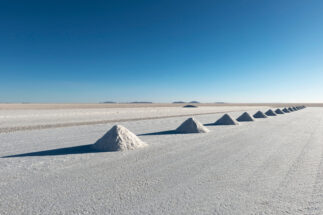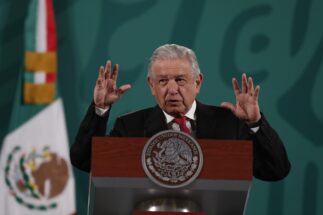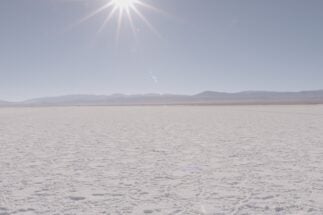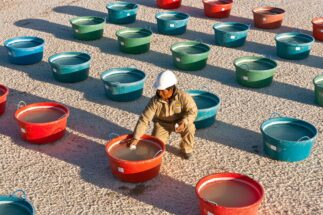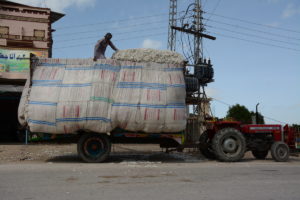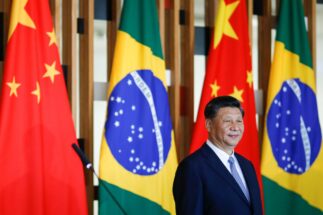The prospect of increased regional cooperation around lithium appears to be on the cards in South America, amid a period of relative political harmony among the governments of Argentina, Chile and Bolivia – the countries of the so-called “lithium triangle”, home to vast reserves of the mineral that is critical to energy transitions.
As demand increases, shared interest in maximising the benefits of a potential boom has revived initiatives for regional coordination between the three nations, with lines of discussion currently focused on knowledge sharing on geological, regulatory and scientific aspects. Mexico, a relatively new presence on the lithium scene after the discovery of deposits in Sonora state, has also made moves to collaborate.
65%
The countries of the so-called “lithium triangle” – Argentina, Bolivia and Chile – account for around 65% of the world’s lithium reserves
The recent Summit of the Americas, held in the United States in early June, saw Argentina’s president Alberto Fernández and his Chilean counterpart Gabriel Boric launch the Binational Working Group on Lithium and Salt Flats, which has already held its first meeting with authorities from both countries. In addition, Argentina has been conducting discussions with Bolivia’s state-owned lithium company, Yacimientos de Litio Bolivianos, while Mexico, with its sector at a more nascent stage of development, is also in communications with Bolivia.
“Between Argentina, Chile and Bolivia we are trying to see how we can have a regional perspective on lithium. We are looking for a common agenda for the development of the sector’s strategy, taking care of the environment and promoting industrialisation,” Roberto Salvarezza, president of Argentine state-owned energy company Y-TEC, explained to Diálogo Chino. The company is currently working to develop a lithium battery with a greater proportion of domestically produced components.
The renewed strengthening of these regional dialogues speaks to an increasing urgency – and opportunity – around the energy transition. The salt flats of Argentina, Bolivia and Chile account for about 65% of global lithium resources. Meanwhile, the transport sector is responsible for around a quarter of greenhouse gas emissions, and the shift away from the combustion engine towards electric vehicles, powered by lithium batteries, is one of the cornerstones of global transitions.
Learning
Gonzalo Gutiérrez, a professor in the faculty of sciences at the Universidad de Chile and one of the Chilean government’s main advisors on lithium, explained that the government is seeking to develop a “new institutional framework” for lithium production, promoting regulatory changes to strengthen the role of the state and respect the communities living near salt flats.
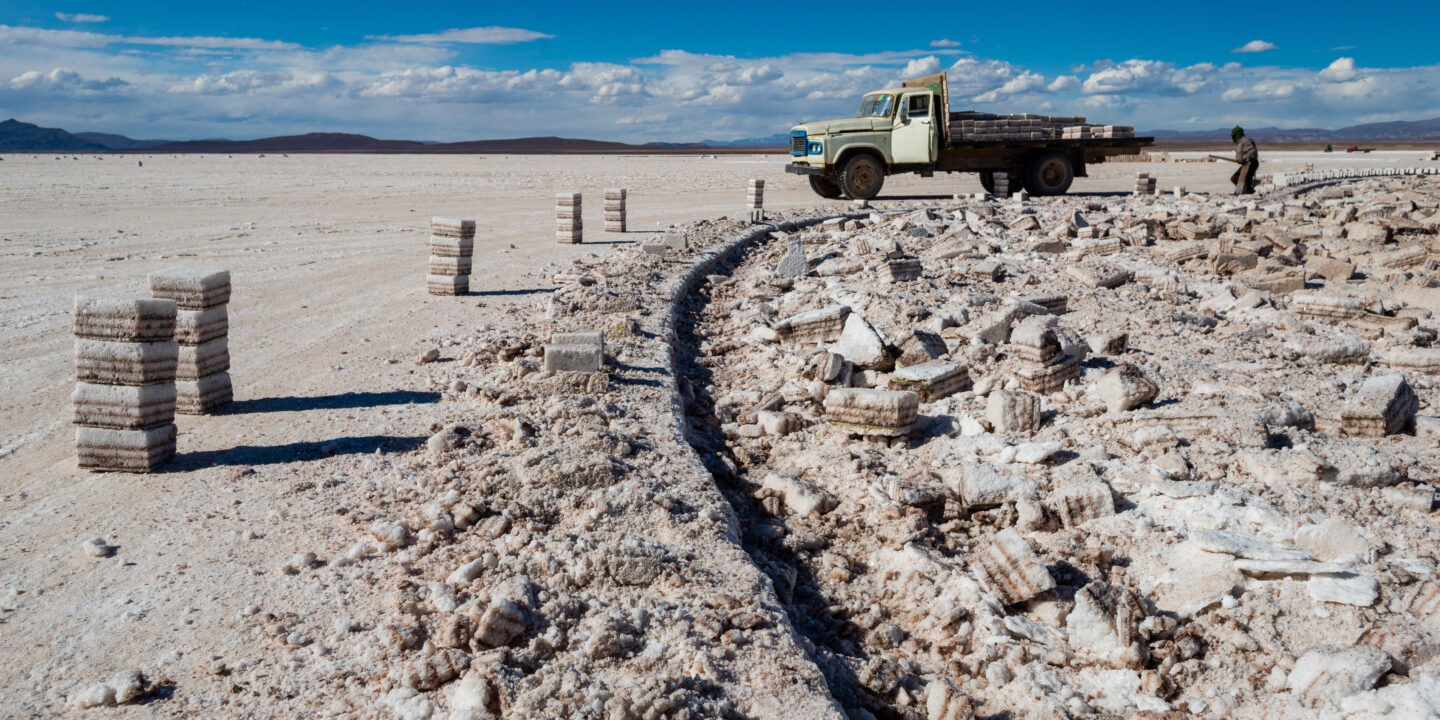
Added to this is the intention to create a national lithium company, one of the Boric government’s campaign promises. The company will be vertically integrated, Gutiérrez said, and will cover activities from exploration and exploitation of the mineral to manufacturing. However, the process will not be straightforward and will require learning on the part of the state.
“Sometimes we presume we know about lithium but we don’t really know what we have [in terms of reserves]. There is a huge asymmetry in information when it comes to sitting down to talk to companies,” Gutiérrez said.
With a focus on scientific-technical cooperation, the first meeting between Chile and Argentina’s new Binational Working Group took place in early June. The second meeting will take place in August. Of the group, Gutiérrez said: “We are identifying common issues to generate learning. In the medium term, the possible benefits of the relationship could be to achieve a better understanding of appropriate royalties, the environmental issue and the generation of value around lithium.”
An “OPEC for lithium”?
The three countries that make up the so-called lithium triangle have very different trajectories in terms of their legal structures, production history and scientific development for lithium production.
Moreover, their current lithium output is well below the potential of the estimated available resource. In 2020, Argentina was estimated to account for about 8% of global production, while Chile was responsible for 22%, with two large projects in operation in each case. Bolivia does not yet have industrial-scale production of lithium compounds.
In Argentina, lithium activity falls within the regulatory framework that governs mining activity in general and is geared towards promoting the attraction of private investment. In contrast, lithium has specific rules in Chile, where the state is mostly the owner of the concessions, which are nevertheless exploited by private companies through the signing of tenders. In Bolivia, lithium is also a strategic resource and the state controls the ownership, access, exploitation, extraction and production of the mineral.
The regulatory regimes are very different. I don’t think the political, regulatory and market conditions are in place to think of a ‘lithium OPEC’
Based on these different starting points, Martín Obaya, a researcher with Argentine science agency CONICET and UNSAM university, sees it as highly unlikely that an “OPEC-style”, international cartel intervening in supply conditions will come into being. The Organisation of Petroleum Exporting Countries (OPEC) is an entity recognised by the UN and is made up of 13 countries that together account for 80.4% of the world’s reserves of this hydrocarbon.
Obaya explains that the share of global lithium production by Argentina, Bolivia and Chile fell in relation to 2011, as other countries are advancing in exploration, although at higher costs. Adding to these difficulties for an OPEC-style organisation are the differences in the management of lithium by the three South American countries.
“The regulatory regimes are very different and, particularly in Argentina, the possibilities for intervention are limited. I don’t think the political, regulatory and market conditions are in place to think of a ‘lithium OPEC’,” Obaya concludes.
The role in the value chain
Although there have recently been several announcements of investments in lithium production in Argentina, so far, two projects are in operation: one run by the US company Livent, in the Salar del Hombre Muerto in Catamarca province; and another by Sales de Jujuy in the Salar de Olaroz, in neighbouring Jujuy province, managed by the Australian company Orocobre, associated with Japan’s Toyota and the provincial company JEMSE. Both are in the process of expansion. In the near future, the Minera Exar project, owned by Canada’s Lithium Americas and China’s Ganfeng Lithium, with a minority stake held by JEMSE, is expected to come on stream in the Cauchari-Olaroz salt flat, also in Jujuy.
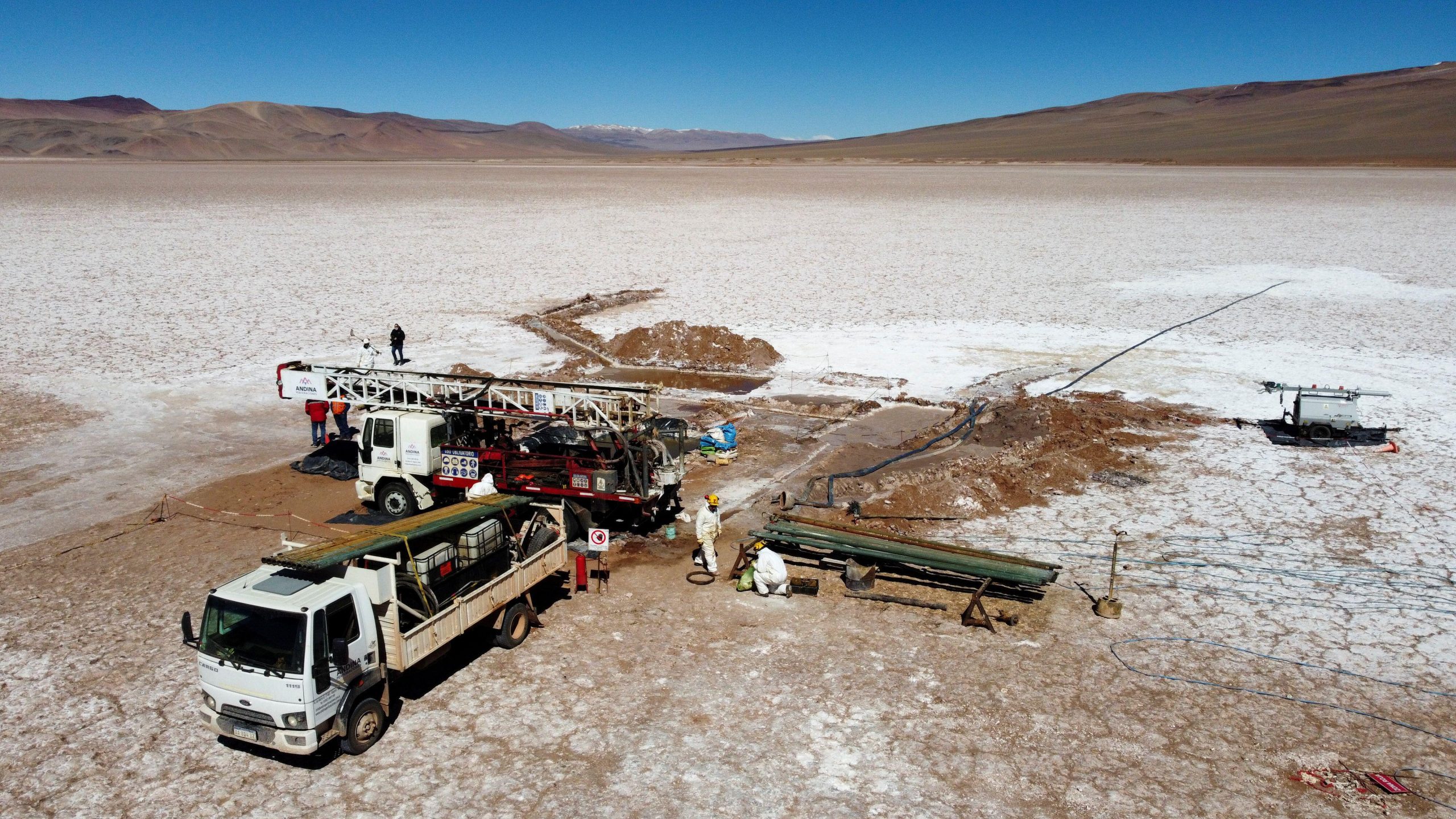
In Argentina, control over primary production and the salt flats is in the hands of private companies, with the participation of the provinces and the national government through the collection of taxes and royalties. For this reason, lithium researcher Bruno Fornillo argues that Argentina could be the country that most hinders greater regional articulation.
“The basis for the coordination of strategies is public state and social control of lithium reserves and primary production. You cannot manage something over which you have no control,” he said.
Despite not having direct control over the mineral, one of the Argentine state’s aims is to advance the domestic presence in the lithium value chain, in accordance with the national industrial tradition and a strong degree of scientific development at the laboratory level.
“The country is in a position to manufacture cells for lithium batteries that could be used as a form of energy storage in solar parks. We want lithium carbonate to be industrialised in the country. In this sense, experiences are being shared with Bolivia, which is also focused on adding value,” says Y-TEC’s Salvarezza.
For Juan Carlos Montenegro, a former manager of Yacimientos del Litio Bolivianos, the relationship between the countries must be strengthened in order to explore integration alternatives. “In recent years, these initiatives have had more open doors. Integration is vital to discuss what role we want to play in managing the energy transition,” he said.
The basis for coordination of strategies is state and social control of lithium reserves and primary production. You cannot manage something over which you have no control
Bolivia already has a laboratory-scale battery plant. Montenegro warns that market-scale production requires the supply of other metals such as nickel, manganese and cobalt, and that this is where integration with other countries in the region appears to be a necessity. The former executive of Bolivia’s state-owned lithium company believes that while competition in the global battery market is far beyond the region’s reach, one possible destination for local manufacturing could be energy storage projects for rural communities that are not connected to the national electricity grid.
The other Latin American country emerging as a potential player in the lithium market is Mexico, where President Andrés Manuel López Obrador’s government recently took a step towards state intervention in the control of salt flats.
“This is a ‘sovereignisation’ law, because it allows the state to exercise greater sovereignty over the salt flats,” says Alfredo Jalife-Rahme, a Mexican political analyst. However, he warns that “the state has neither the technology for extraction nor the financing to undertake such projects.”
Jalife-Rahme highlights the good relationship between the Mexican and Bolivian governments and bilateral exchanges on lithium, and underlines the geopolitical dilemma Mexico faces, with China as the main lithium exploration concession contract in the Sonora region and the United States as a traditional beacon of tension.

